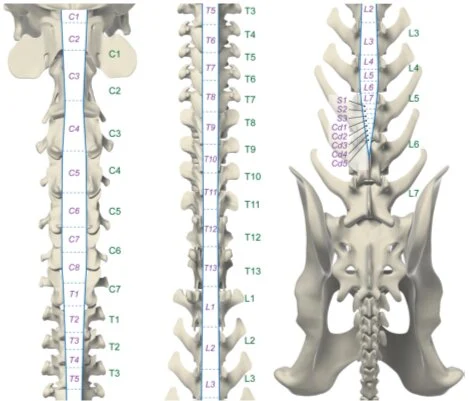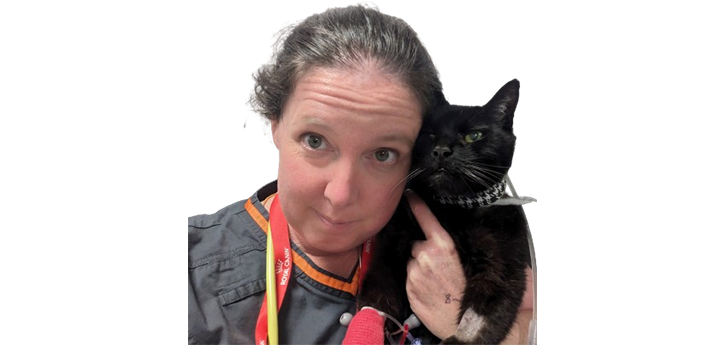The severity and extent of the spinal cord injury determine the appearance of particular clinical situations with characteristic signs such as:
- Schiff-Sherrington posture: the patient is in lateral decubitus, with extensor hypertonia of thoracic limbs (maintaining voluntary motor function), hypotonia of pelvic limbs with normoreflexia (intact spinal reflexes) and tendency to opisthotonos.
- Spinal shock: loss of spinal reflexes, motor and sensory activity caudally to a T3-L3 spinal cord injury. It presents as flaccid paralysis, hypo/arreflexia and possible loss of sensation caudal to the lesion.
- Myelomalacia: loss of deep sensation, cranial migration of the cutaneous truncal reflex, onset of signs of IMN in the pelvic limbs, hypotonia of the anal sphincter, involvement of the thoracic limbs and finally respiratory distress due to weakness of the intercostal and diaphragmatic muscles.







